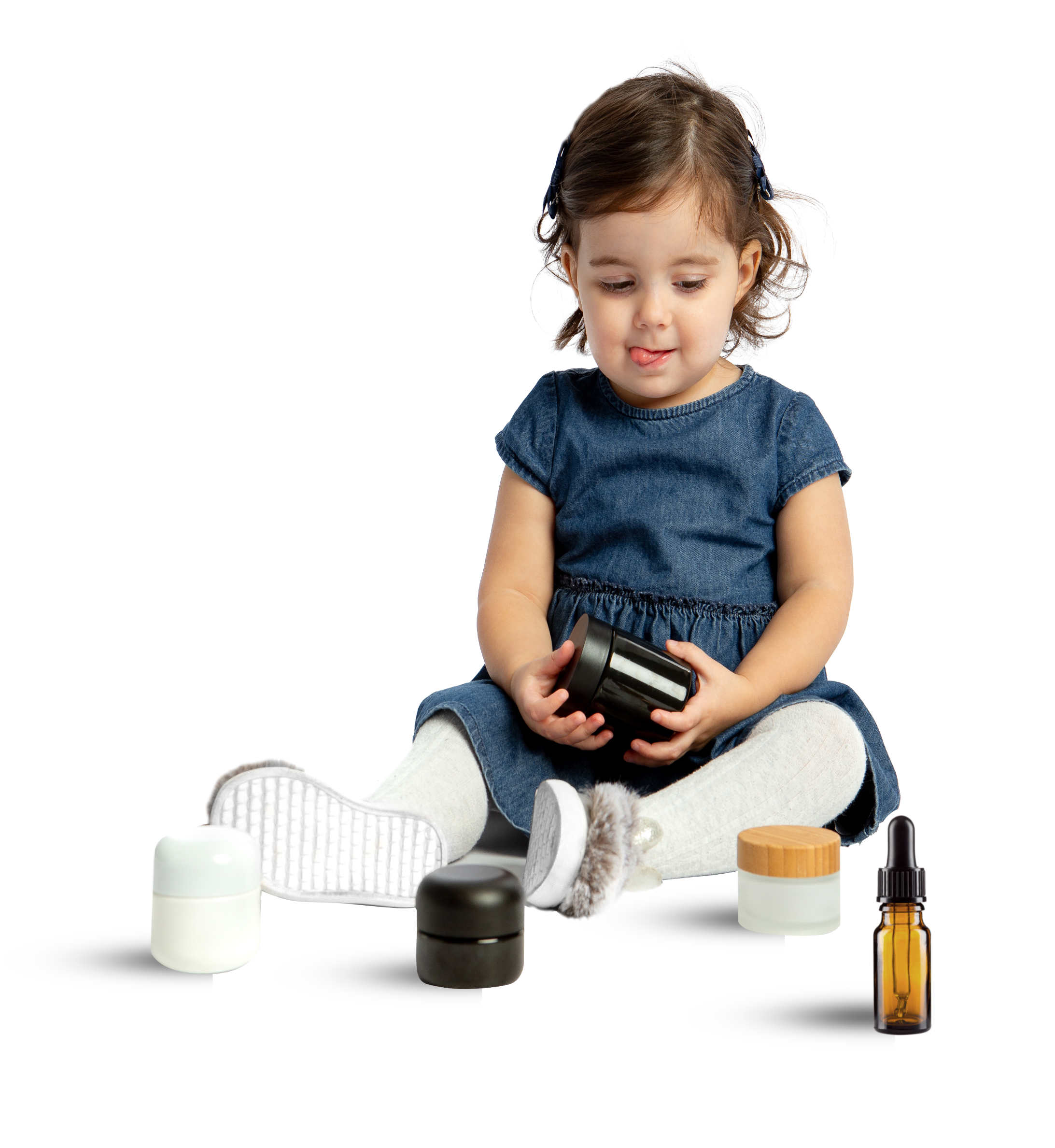The term ‘child-resistant packaging’ (CRP) is typically associated with medical containers. It’s certainly true that medicines in the wrong hands pose a danger, however, they aren’t the only risk. New product director at Origin, Jon Lant discusses the regulations and innovations that are creating a safer future for children without alienating older consumers.
CBD oil or gummies, vitamins and supplements, cleaning products and cosmetics can all be dangerous to children if accidentally ingested.
Over recent years, CRP has moved to the forefront of manufacturers’ and packaging designers’ minds, with the market for child-safe solutions expected to double by 2031. But there is still work to be done.
So, what is driving industry change? And what are the key roles different stakeholders can play in creating a safer future?
Child poisoning remains a prominent threat
The threat of accidental ingestion by children isn’t new and regulatory bodies worldwide have long acted to set standards and hold industries responsible for creating safe and secure packaging.
These include global efforts, such as the World Health Organization (WHO)’s ‘poison centres’ – dedicated to providing education on accidental poisoning – and the EU ‘Classification, Labelling and Packaging’ regulations offering the latest advice, technologies and best practise needed to develop child-resistant packaging.
In the UK Public Health England’s 2018 campaign aimed to tackle findings that accidental poisoning is among the top three causes of death in children under five. The campaign targeted the top causes of unintentional injury among children – including poisoning, choking and burning – and provide key education on prevention.
However, despite increasing efforts to limit access to toxic substances, poisoning remains a prominent threat – with over 3,000 children under 14 dying each year because of accidental poisoning.
The global response
Despite the documented risks associated with unregulated medical and cosmetic packaging, public health measures are developing at a different pace around the world.
The US has long led the way when it comes to CRP, with legislation introduced as early as 1966. The ground-breaking Poison Prevention Packaging Act (PPPA) followed in 1970, requiring specialist child-resistant packaging to be used on all hazardous household products.
However, the widespread success and adoption of CRP techniques in the US is largely a result of the financial punishments awaiting those who fail to meet industry standards. For example, the 2017 lawsuit against Dr Reddy’s Laboratories worth US$5m, for failing to comply with the Consumer Product Safety Act (CPSA) and PPPA legislation, is among several high-profile cases that have sent shockwaves throughout the industry.
The risk for global manufacturers is real, with the case for diminished responsibility placing the emphasis on products to provide a sufficient level of security as standard. As a result, there is not only a demand for increased integrity in packaging but also for the education needed to help parents and caregivers understand and mitigate the risks associated with accidental ingestion.
Unfortunately, many regions are still failing to make educational resources widely available, with a study of WHO member nations revealing over half were still without poison centres.
The future of child-safe packaging is a multi-faceted approach, with regulatory bodies, education services and packaging providers working together to plug the gaps in design standards, awareness and development of safe and secure products.
Innovation in child-resistant packaging
While the emphasis remains on governments to provide the education needed to prevent poisoning incidents, packaging providers continue to innovate child-friendly yet intuitive and accessible solutions.
For example, child-resistant packaging products include multi-step mechanisms – which require two separate movements to open the container – and oversized packaging, both of which have proven effective at preventing children from gaining immediate access to products.
Similar innovations include smart packaging with built-in technology designed to detect when children or adults are handling the product with at least 96.68% accuracy. While the price implications of this model currently inhibit widespread availability, the industry is working to adapt a cost-effective solution.
Other recent packaging developments include visual distraction technologies designed to distort depth perception and cause children difficulty opening the product. As with smart packaging, manufacturers are currently working through challenges in accessibility – in this case, the risk of visual designs attracting children, rather than deterring them – to achieve a viable solution.
As well as the drive to protect children from accidental poisoning, there is the need to consider senior citizens and protect their ability to access important medication – particularly as many countries now have ageing populations.
One framework for senior-friendly packaging is set by The Consumer Product Safety Commission (CPSC), which performs tests on packaging – requiring 80% of children to be unable to open the products, while 90% of adults without physical disabilities must be able to open them.
The testing protocol applied by the CPSC should be considered a sufficient gauge of the effectiveness of CRP to both protect children and enable senior citizens to access medication.
These product designs commonly include mechanisms that require two distinct motions to open, such as ‘push and twist’ lids or even blister packaging that requires the dexterity to hold the packaging while piercing blister sections. This demands a level of coordination beyond the abilities of younger children, without requiring a level of strength that may alienate senior patients.





